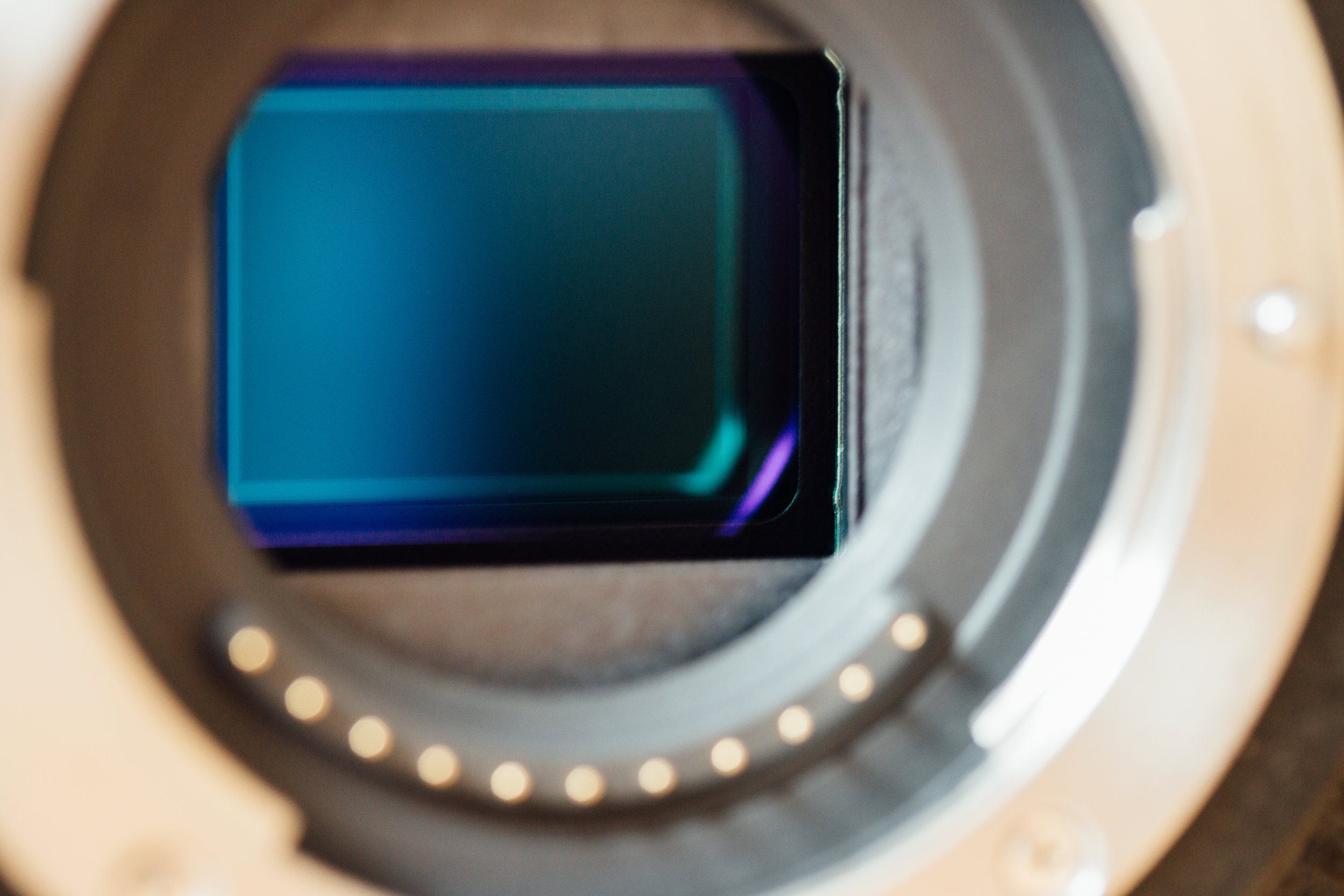What is 4K?
What is 4K?
4K. It’s been a recent buzzword (buzzterm?) concerned with video in the last couple of years, but what exactly is it and what does it mean?
Here I aim to explain all as simply as possible and dispel a few myths.
Generally speaking 4K refers to the horizontal resolution or dimensions of video, measured in pixels.
4K means video with a horizontal resolution of at least 4000 pixels.
This actually goes against the rules of quoting video resolution which is traditionally referred to by the vertical dimensions. Videographers and filmmakers quote standard definition as 480, HD as 720 and Full HD as 1080 (meaning 1920 pixels wide, 1080 pixels high.)
With video and film having increased in resolution quite significantly in the last 20 years and with the use of non standard aspect ratios being used (that’s a whole different ball game!) this is probably the most significant reason for now quoting the horizontal dimensions on anything larger than Full HD.
Despite requiring 4000 pixels on the longest side to qualify for 4K status, this isn't actually the most common size currently in use.
The image chip from one of our Panasonic bodies which films broadcast standard 4K video.
In keeping with the 16:9 aspect ratio of Full HD, most cameras that feature 4K video capability are likely to film at 3840x2160 pixels - commonly known as Ultra HD.
Another common resolution that can feature in cameras is DCI 4K and is typically used in cinema production. This has a resolution of 4096x2160 - true 4K, although is slightly wider at an aspect ratio of 17:9.
Doing little bit of simple maths discovers that both these resolutions equate to roughly 8 Megapixels. In stills photography terms, this is fairly low resolution in comparison to the majority of today’s digital cameras.
Resolution isn't everything though. A camera featuring a 4K label actually means nothing if it cant film at a useable frame rate and data rate. When GoPro launched the Hero 3 Black action camera 7 years ago, they claimed it to be the worlds first 4K action camera. However the maximum frame rate for this was 15fps (frames per second). Nowhere near a minimum 24fps required for production.
Another consideration aside from frame rate is the data rate of the footage. It’s generally considered that a useable, broadcast standard 4K data rate is at least 100Mbps (Mega Bits per second). Anything lower and there simply isn't enough data to justify the benefit of the extra resolution.
Some knock off brand cameras also claim 4K or greater resolution yet the reality is that the manufacturer dives into the electronic gubbins, does some tweaks to upscale the HD footage to a greater resolution. Predictably, with pretty terrible results with regards to image quality.
It’s a common consensus across the filmmaking industry that a camera that has brilliant, sharp 1080p video at a decent data rate with excellent colours and a decent image chip is much more preferable than a mediocre 4K or larger resolution camera.
So what does it mean for me?
Well, in reality not much. However, a video producer who can acquire the raw footage in at least 4K resolution should have the ability to deliver your content at the highest quality possible. 4K content has a degree of future proofing and means it can still be viewed at a great quality for many years to come as more 4K screens and TV’s make their way to people’s homes and businesses.
Little factoid for you…Samsung recently launched an 8K TV, so I guess in a few years time us video producers will have to keep up in one way or another!
For online content though, 1080p Full HD is more than acceptable, with the extra data of 4K requiring extra storage and bandwidth to play it.
Probably a more important aspect however is using the best quality lenses. There really is no point in filming in 4K if there isn't some decent quality optics in front of the image chip to properly resolve that resolution.
For those really interested…check out this video from Harv Video Audio Stuff!
For many projects we still film in 1080p however we are equipped with 4K cameras which can deliver broadcast standard video. We often use 4K for the extra pixels and greater level of detail in the image to allow for any cropping or reframing in post production, for future proofing any media as well as allowing us to deliver footage to clients at the best quality possible.
All of our projects are delivered at 1080p HD as a standard however if your video content is required to be delivered in 4K for any reason, please chat to us and we’ll be more than happy to help.
But remember, resolution is nothing without a compelling story and great filming work first!
Dan


